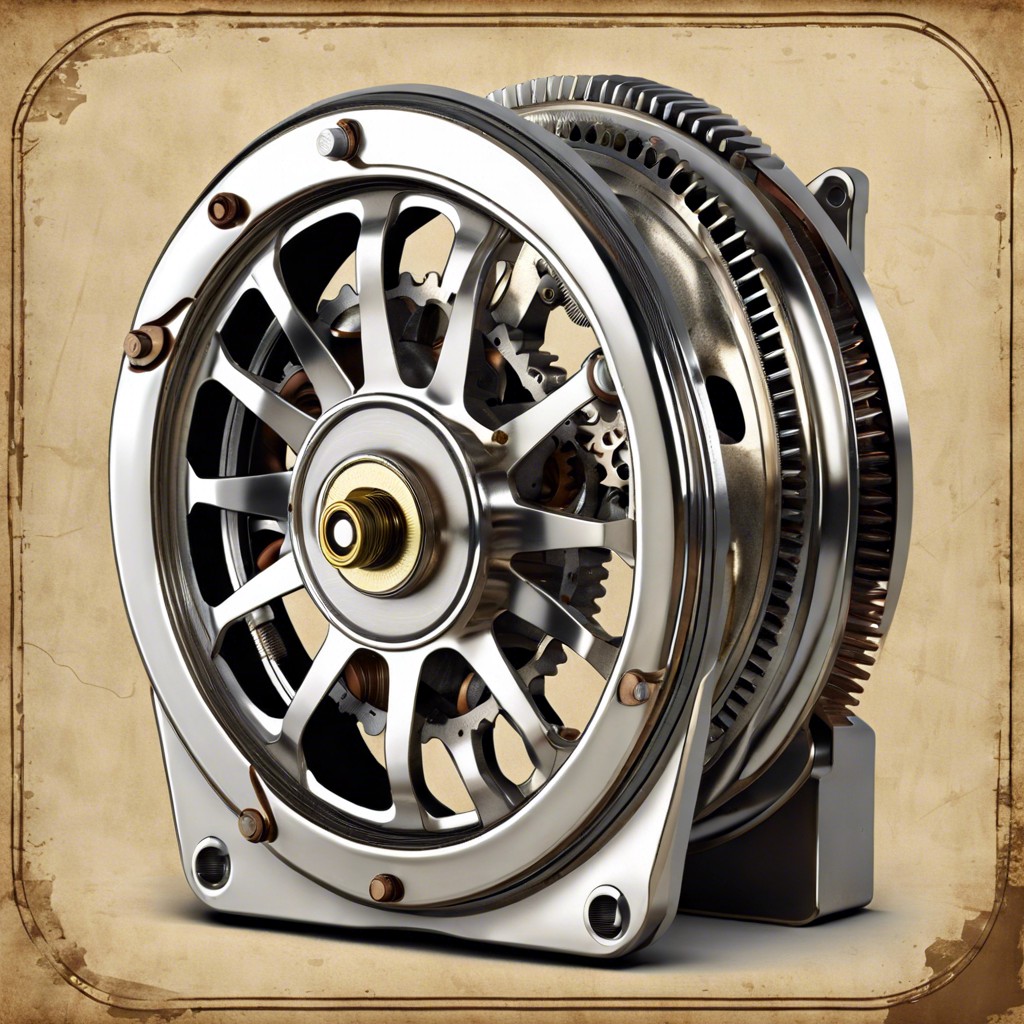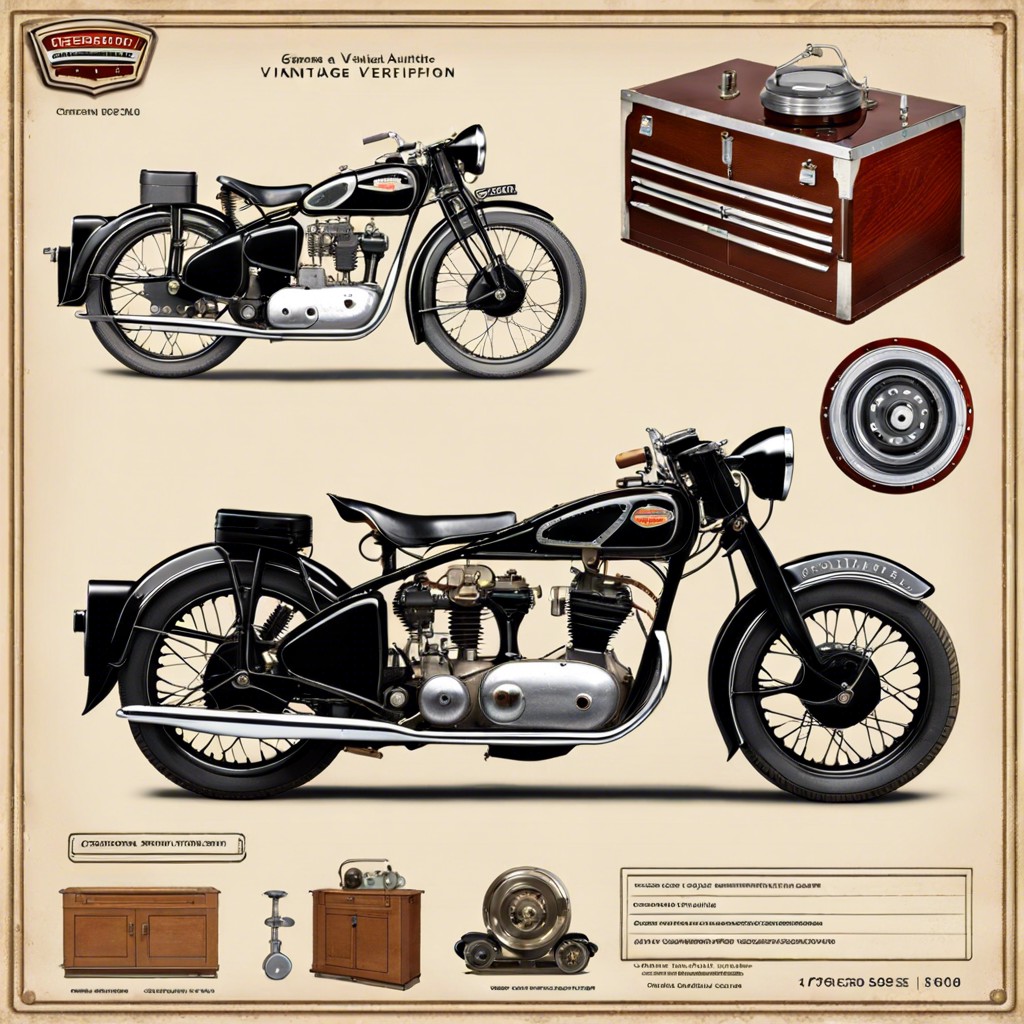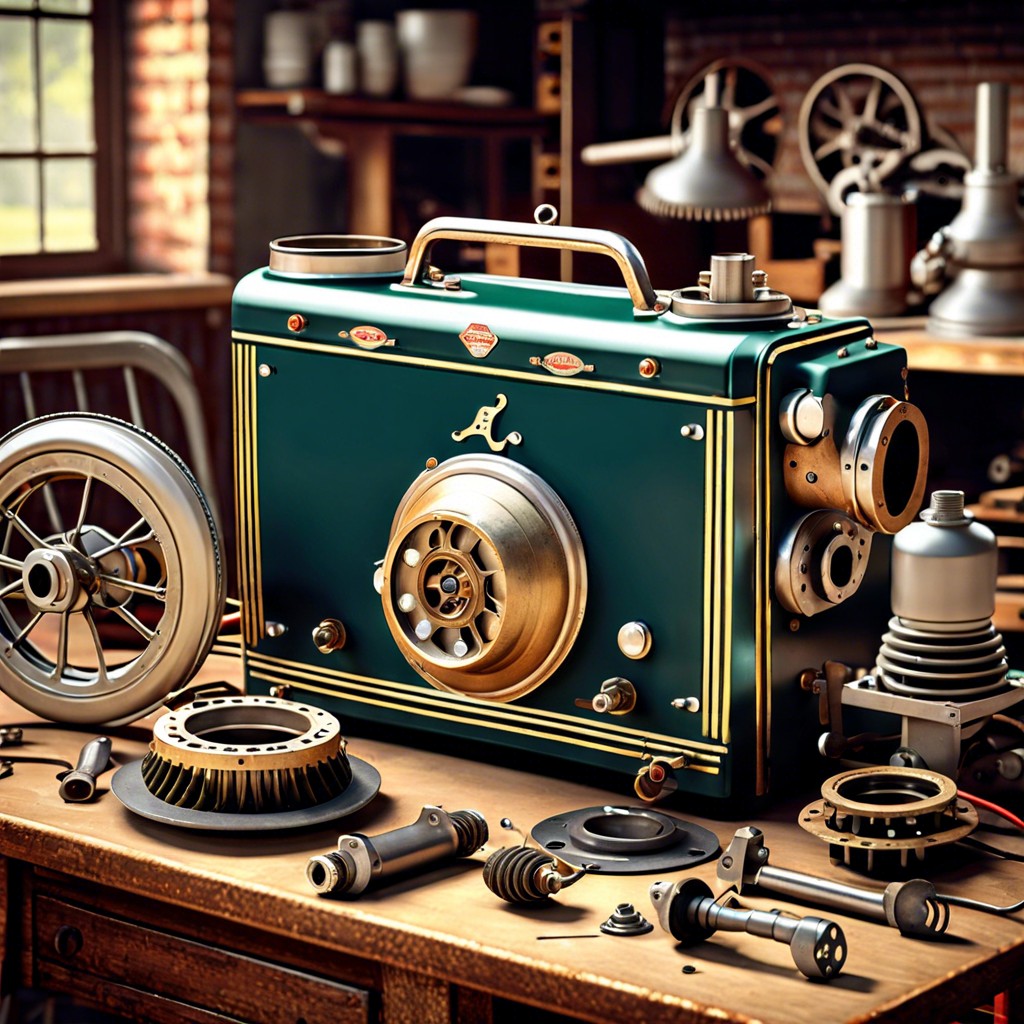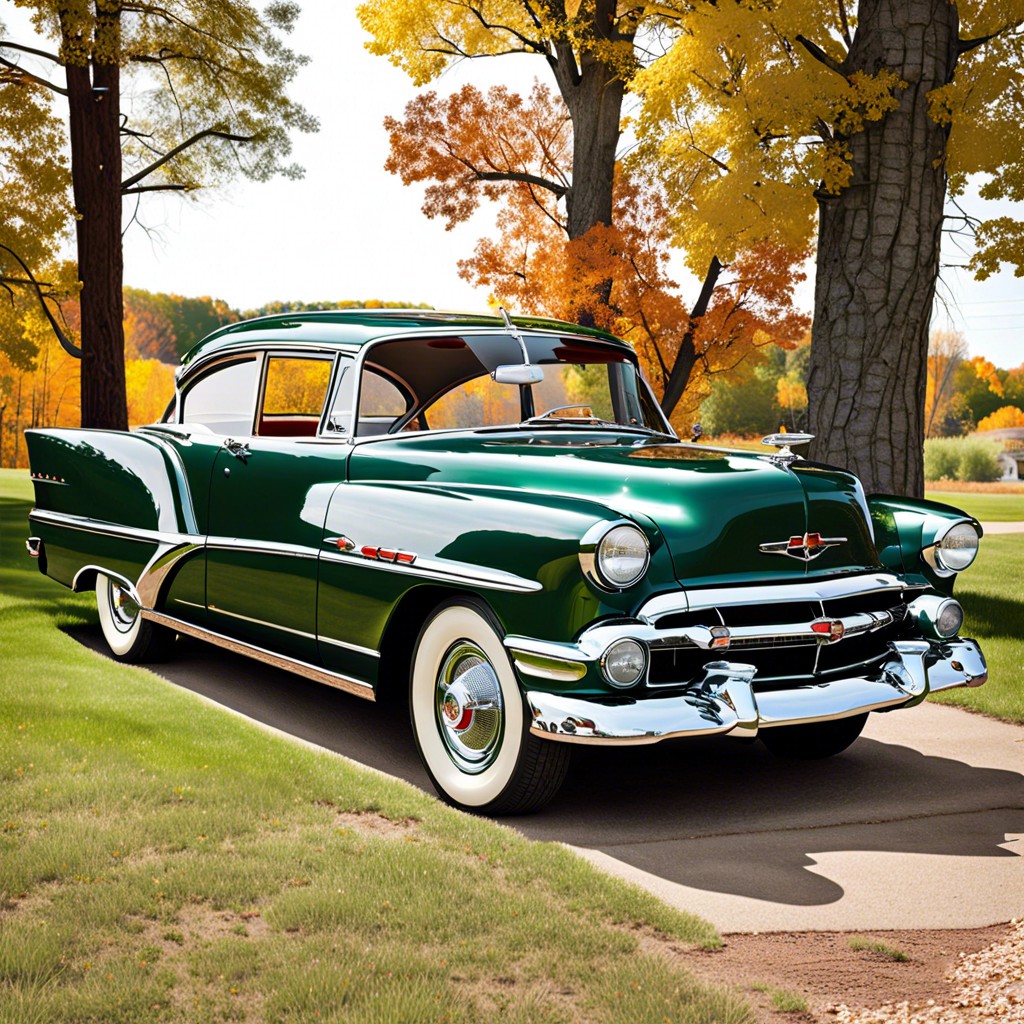Last updated on
Discover practical advice on sourcing and purchasing vintage parts for your restoration projects.
Key takeaways:
- Vintage parts are essential for maintaining original functionality and appearance.
- Identification requires understanding markings, production dates, and construction techniques.
- Authenticity verification can be done through marks, wear patterns, and materials.
- Sourcing options include antique shops, online auctions, and specialty forums.
- Consider period, authenticity, craftsmanship, and condition for restoration projects.
Understanding Vintage Parts

Vintage parts are components harvested from or designed to fit machines, electronics, automobiles, or other items that are at least 20 to 100 years old. These parts are essential for collectors and restorers to maintain the original functionality and appearance of classic items.
A clear understanding of the era a part originates from contributes to its value. Vintage parts from the Art Deco period, for instance, often have distinctive stylistic features that separate them from those produced in the Victorian era.
Materials used in vintage parts often differ from modern equivalents. A phonograph spring from the early 20th century, for example, would likely be made from materials no longer used in current manufacturing processes.
Markings on vintage parts can be a guide to their origins. Manufacturer stamps, serial numbers, and even patinas provide clues to the part’s age and authenticity.
The condition of vintage parts plays a crucial role in valuation. While some wear is expected and adds to the authenticity, excessive damage can decrease a part’s desirability unless it is rare or sought after for historical significance.
Identification of Vintage Parts

Determining the age and origin of vintage parts hinges on understanding key identifiers such as manufacturer’s marks, serial numbers, and production dates. These details often require a thorough visual inspection and may occasionally be found in discrete or obscured locations.
Manufacturer’s marks, imprinted logos or company names, serve as the primary signifiers of a part’s provenance. Serial numbers can offer a trail to manufacturing details when cross-referenced with company records or databases—though access to such information may vary.
Production dates, when available, solidify the time frame in which a part was made. They may be stamped, engraved, or on a label and can often be decoded using established guidelines from the manufacturer or trusted reference materials.
Assessing construction techniques and materials also provides insights into the era of production. Certain alloys, wood types, or fabrication methods correspond to distinct periods in manufacturing history.
Cross-referencing multiple sources enhances the accuracy of identification. Enthusiast forums, historical catalogs, and antique reference guides are valuable tools that can support the identification process.
Authenticity Verification

Authenticity verification is crucial when dealing with vintage parts to ensure their value and suitability for restoration projects.
One method is examining the part for manufacturer’s marks, such as logos or serial numbers, which can often be cross-referenced with historical data.
Provenance plays a significant role and can be established through documentation or expert appraisal. Documentation can include original purchase receipts, repair records, or provenance letters from previous owners.
Wear patterns can also offer clues to authenticity. Genuine vintage parts often show age-appropriate wear, whereas reproductions may have artificially induced patina or inconsistent wear marks.
Materials and construction techniques can further aid in verification. Older parts may have materials or assembly methods no longer in use, making modern replicas stand out to the trained eye.
Scientific testing, though more costly, provides a definitive approach, especially for metals and other materials where compositional analysis can confirm the age and origin.
Experts in the field of vintage parts can be invaluable resources for authentication, providing insights that are not immediately apparent to the untrained collector.
Sourcing Vintage Parts

Navigating the market for vintage parts requires considerable knowledge and clever strategy. Enthusiasts and restorers often source from a mix of antique shops, flea markets, online auction sites, and specialty forums. Leveraging connections within collector communities can also yield fruitful results, as fellow enthusiasts frequently trade or sell spare parts. Estate sales and garage sales occasionally offer up rare finds, though they require patience and a keen eye for potential. For those seeking specificity, professional dealers and restoration experts often maintain inventories of rare components, providing a more direct, albeit sometimes costly, path to acquiring vintage parts. It is essential to assess the seller’s reputation and to request detailed photographs or, if possible, inspect the parts in person to ascertain their condition and suitability for your project.
Restoration Considerations

Selecting the right vintage parts for restoration projects is vital to maintaining the integrity of antique pieces. Consider the period and style of the item to ensure compatibility. Mismatched parts can detract from both aesthetic appeal and value.
Authenticity is paramount when integrating old components into a restoration. Modern reproductions, while sometimes necessary, often do not carry the same weight and patina as genuine articles. To preserve an item’s history and worth, source original parts whenever possible.
Restoring with vintage parts may require expertise in older craftsmanship techniques. Specialized knowledge, such as working with hand-forged metals or dovetail joints in woodworking, could be essential.
Condition must also be evaluated. While some wear is acceptable and even desirable for an authentic appearance, overly damaged parts may need further repair or conservation.
Conservation versus restoration is a fundamental consideration. Balancing aesthetic improvements with historical preservation is a delicate act. Over-restoration can diminish the charm and character that make vintage items collectible.
Lastly, invest in quality tools and materials for the restoration process. Using appropriate adhesives, finishes, and hardware will ensure a seamless integration of old parts, preserving the item’s functionality and authenticity for years to come.




